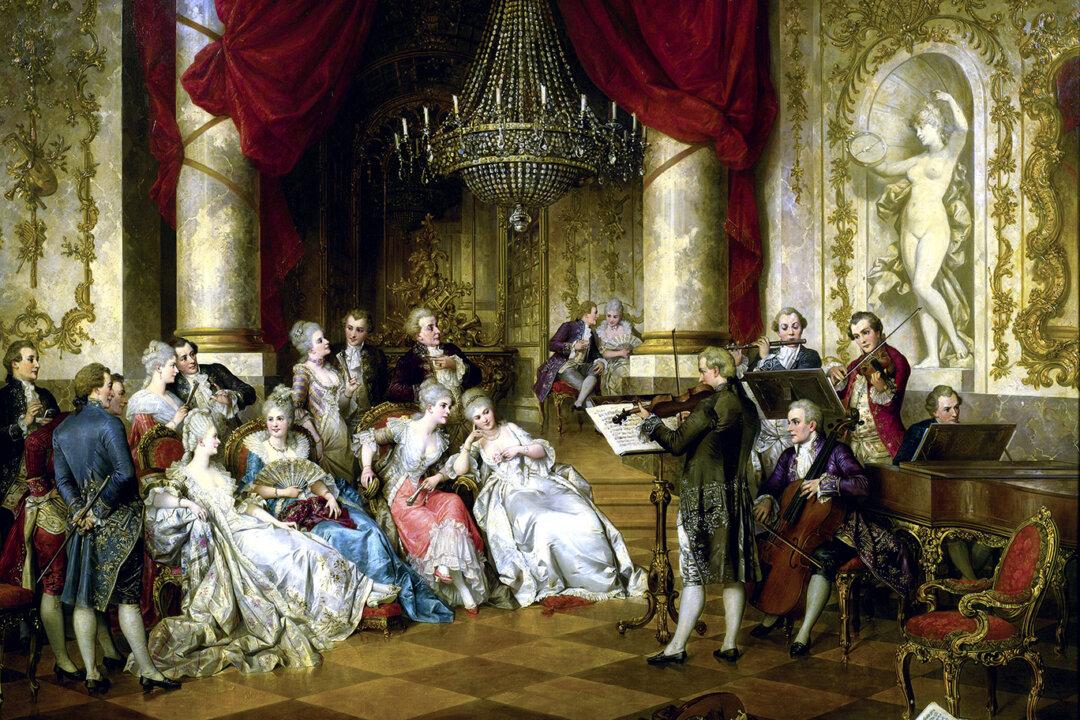Legend has it that composer Antonio Vivaldi was born during an earthquake. For an Italian, he was also remarkable in that he possessed a head of flaming red hair. This rock star of the baroque era, known as the “Red Priest,” would enjoy a meteoric rise, and then fade into obscurity. But this Venetian, a contemporary of Bach and Handel, would eventually go on to surpass their fame—and double their record sales.
While Vivaldi would die in poverty in 1741, he achieved great fame and success during his lifetime. Just like the pop stars of today, those flames seldom burn for very long, and there were no recordings or radio stations back then to carry his name forward. More often than not, there would be just one handwritten manuscript for each work of the great composers, and we are very lucky any survived at all.





